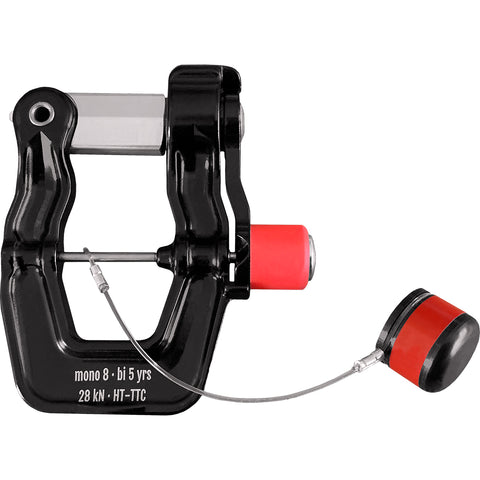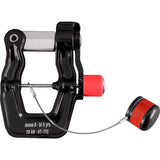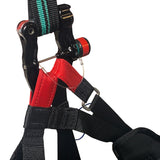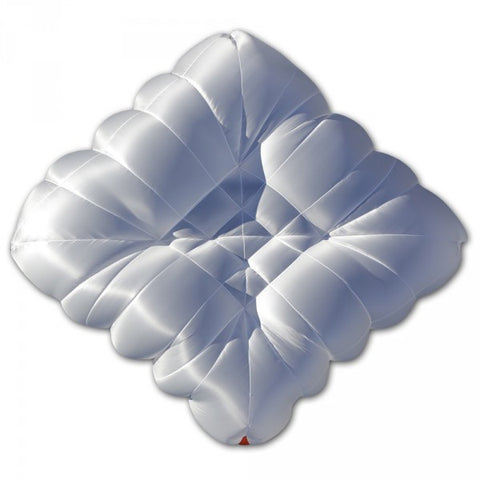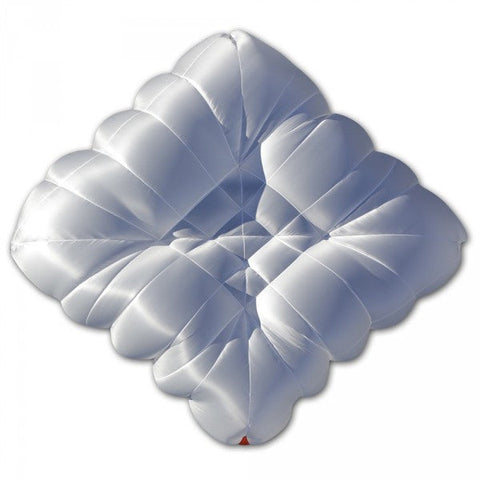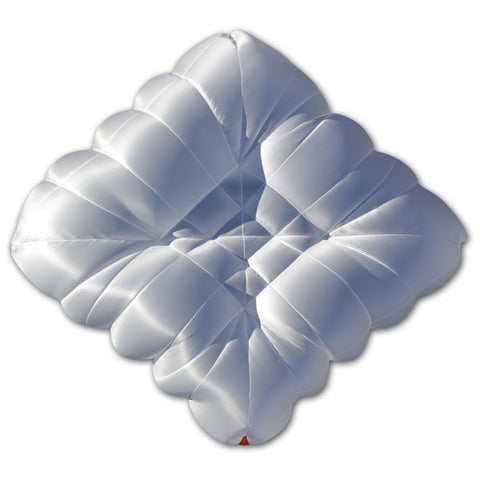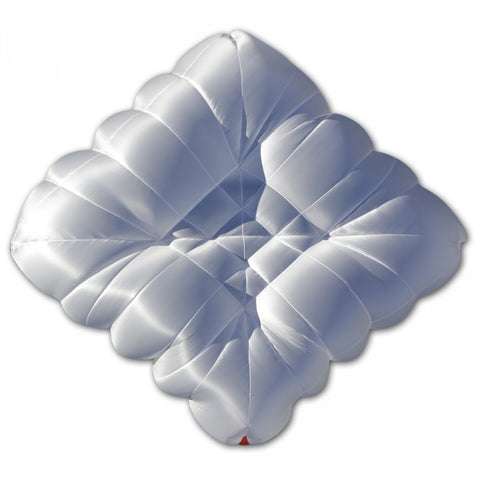Finsterwalder PARALOCK, separation carabiner (pair)
Finsterwalder PARALOCK Separating Quick-Out Carabiner
Light paraglider release carabiner.
Finsterwalder PARALOCK is a lightweight separating carabiner with practical handling and a long replacement interval for paraglider mono and tandem operation.
With a conventional paraglider carabiner, unhooking under load is impossible. In certain situations, however, this can be useful and life-saving—e.g., when landing in flowing water or strong winds. Even after the emergency parachute has been opened, detaching the paraglider may be necessary and at least recommended. With the PARALOCK, there is no need to carry a line-paring knife or the time-consuming hauling of the paraglider.
The PARALOCK's separation function is also advantageous in other sports, such as air and water rescue and parachute harnesses.
Lightweight and durable
The PARALOCK weighs only 73 g and is equally suitable for hike & fly use as well as for paragliding in tandem.
Due to their form-fitting design, the PARALOCK and QUICK-OUT carabiners were the only aviation carabiners to date that have demonstrated a permissible service life of 8 years for mono operation and 5 years for tandem operation. The PARALOCK is also suitable for use in hang gliders, whereby the replacement interval is 5 years. The number of flight hours is unlimited within the replacement interval.
Practical to use
Easy to use, even when wearing gloves: After attaching the paraglider risers, the PARALOCK locks and secures itself automatically. It is opened by turning the release lever against spring force by 120 °, which can only be unlocked by pressing a button. A protective cap over the release button reliably prevents the PARALOCK from being opened unintentionally.
5 reasons why the paraglider should be detached after opening an emergency parachute
- According to the LTF, the permissible rate of descent for paraglider rescue equipment is up to 6.8 m / s, corresponding to 24.5 km / h. However, many pilots are unaware that the rescue equipment approval procedure determines the rate of descent without a paraglider. Interactions between the paraglider and the rescue device can significantly increase the rate of descent—for example, due to increased pendulum movement or a resulting scissor position. The risk of injury increases accordingly.
- Modern rescuers usually achieve sink values of a maximum of "only" 5.5 m / s, corresponding to approx. 20 km / h, but these values are often only achieved through a lateral drift that creates buoyancy. The main parachute that is not cut off or is only cut off on one side hinders this drift and thus substantially increases the rate of descent.
- A crucial safety plus is the possibility of choosing your landing site with a controllable rescue. This safety plus is foregone if the main parachute is not removed from controllable rescue equipment.
- It has been shown that a severed paraglider usually collapses quickly, making its recovery less problematic. In addition, there is a much lower risk of damage to the paraglider if a tree landing is not carried out with the pilot's total weight.
- Video of a downplane situation of the paraglider after an emergency parachute opening
Easy to mount on almost all paraglider harnesses
The V-shaped harness chamber for the paraglider harness corresponds to the pulling directions of the main risers and the back strap.
With some harnesses, the leg bag is hung up separately (e.g. with the Advance Impress 4). The leg bag can be suspended above the belt chamber, separating the screw.
The most important features of the Finsterwalder PARALOCK at a glance
- Drop forged from Titanal
- Axle and locking bolt made of hardened chrome steel
- Replacement interval: 8 years with no flight hour limit, 5 years for paragliding tandem use and use in hang gliders
- Weight: 73 g at 2,800 DaN * breaking load
* 1 DaN (DecaNewton) = 10 Newton ≈ 1 kg
We Also Recommend

